If you’re worried about how to install D-rings on your frame, don’t be. In this article, we’ll walk you through the process and discuss all the tricks of working with them to give you the right idea of which type of D-ring to use in which type of frame.
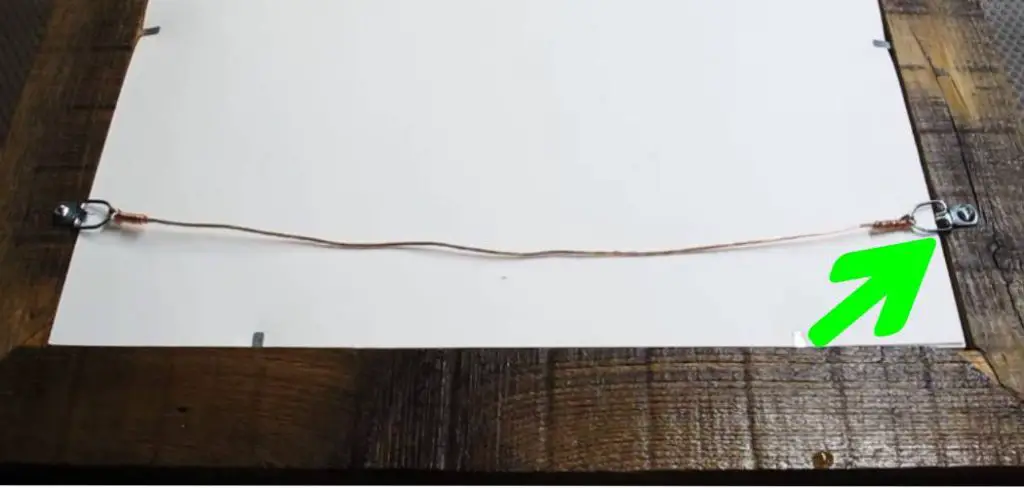
Table of Contents
- Type of D Ring
- How Much Weight Can the D-ring Hold?
- How to Install D-rings on Frame (Step-by-step Guide)
- Do I Need to Leave Any Slack in the Frame Wire?
- Conclusion
Type of D Ring
Small 1 Hole D-ring
Small 1-hole D-rings are small metal rings with a single hole in the center. They hold a screw in place and are often used on smaller frames.
Large 2 Hole D-ring
A Large 2-hole D-ring is a larger metal ring with two holes in the center. These rings hold a screw in place and are often used on larger frames. They are capable of carrying more weight.
Fancy D-ring
These D-rings are a bit fancier and have a brass plate on the front. They’re still small but a bit sturdier than the 1-hole D-rings. If you’re looking for a more decorative option, try using a fancy loop hanger with a brass plate D-ring.
These are slightly sturdier than the 1-hole D-rings but still work well for lighter frames. Remember that these are best used in the visible above the frame rather than in the invisible below.
Angled D-ring Hanger
These D-rings are angled, making them great for use on frames with a bit of an angle. They are commonly used to hang canvas frames.

How Much Weight Can the D-ring Hold?
The load-carrying capacity of a D-ring is highly dependent on its size and material. Small-sized aluminum D-rings can carry 6-11 pounds, while medium-sized steel or zinc-plated D-rings can carry 20-35 pounds. Large, two-hole D-rings can carry up to 75 pounds. For best results, choose a D-ring with a maximum load capacity of 3 pounds less than the weight of the item you are attaching and 8 pounds less for a larger one.
How to Install D-rings on Frame (Step-by-step Guide)
The process for installing D-rings on frames of all sizes is similar. However, it is important to check the load capacity of the D-ring only on larger frames, as they are expensive and can be damaged if dropped. You can install D-rings on all frame sizes by following the process outlined here.
Tools Needed:
- Small Bumpons
- Awl (Alternative: Drill or hand drill with small drill bit)
- Frame Wire
- D-ring (Single or Double Hole)
- Screwdriver
- Others (Marker, Ruler, or Measurement Tape)
Step 1 – Attach Bumpons
You can also avoid the first step, but I think applying bumps in two corners at the bottom of the back of the frame is better. Bumpons will not scratch the part of the frame attached to the wall, and dirt will be less trapped due to the hollowness.
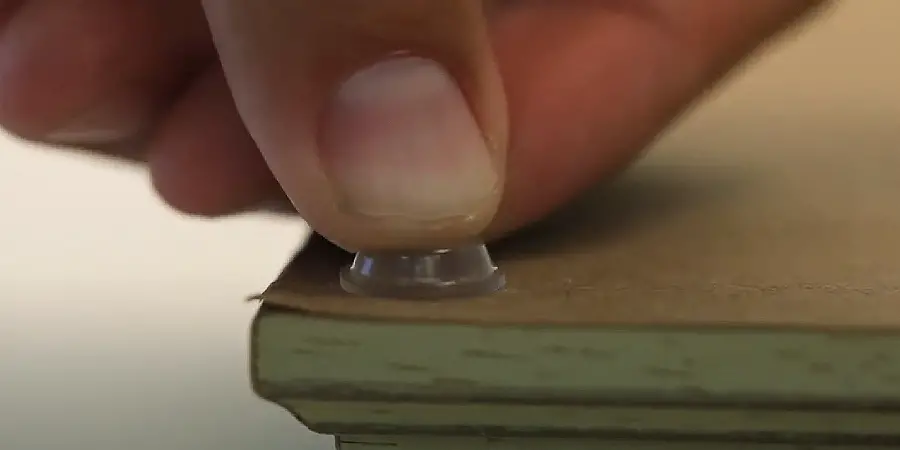
Step 2 – Determining the Place of the D-ring
Place the back side of the frame horizontally, and use a ruler or measuring tape to find the ⅓ point on the top of the frame. Mark both sides of the frame, and install the D-ring on those marks.
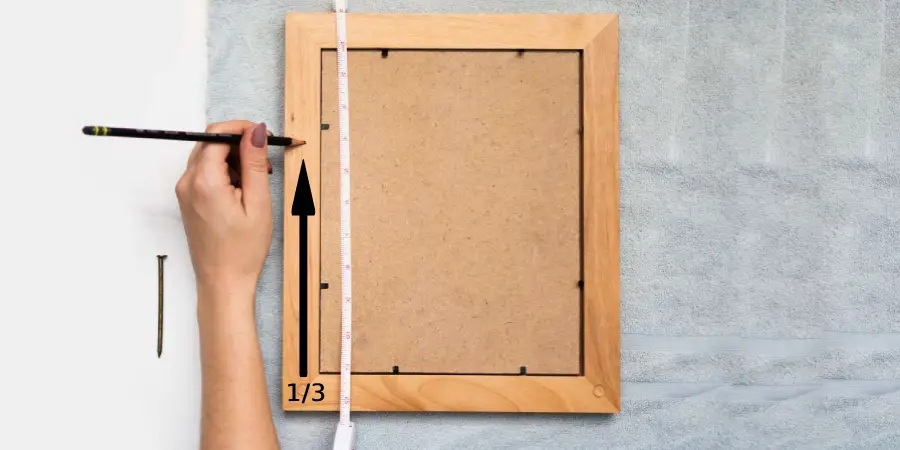
Step 3 – Make a Pilot Hole
Small and medium-sized frame woods are usually lighter and softer. You can make holes for screws in the frame with an awl without needing a drill machine.
(Large frame wood is a bit hard so an awl wouldn’t work; you have to use a drill. If you have a hand drill, you can also use it. Drill bits shouldn’t be thick screw threads.).

Step 4 – Attach D-ring
The D-ring should be placed at a 45-degree angle at the hole. The wire of the frame can be properly knotted. After that, the screws with the D-ring should be tightened with the help of a screwdriver. Follow the same steps on both sides of the frame.
Tips: Before installing screws into the pilot holes, you can use glue or caulk to increase the durability and strength of the screws and frame.
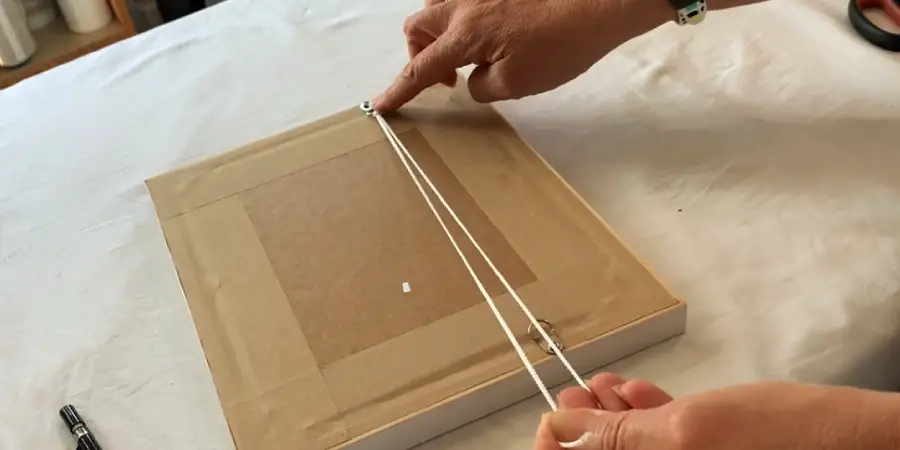
Step – 5 -Frame Wire Knot
Now attach Frame Wire with D-ring. Attach the frame wire to the D-ring using a Lark’s Head Knot. The frame wire is available for purchase separately, but you can also use other types of wire or plastic rope as an alternative. This knot is known as cow hitch, ring hitch, tag knot, and many others.
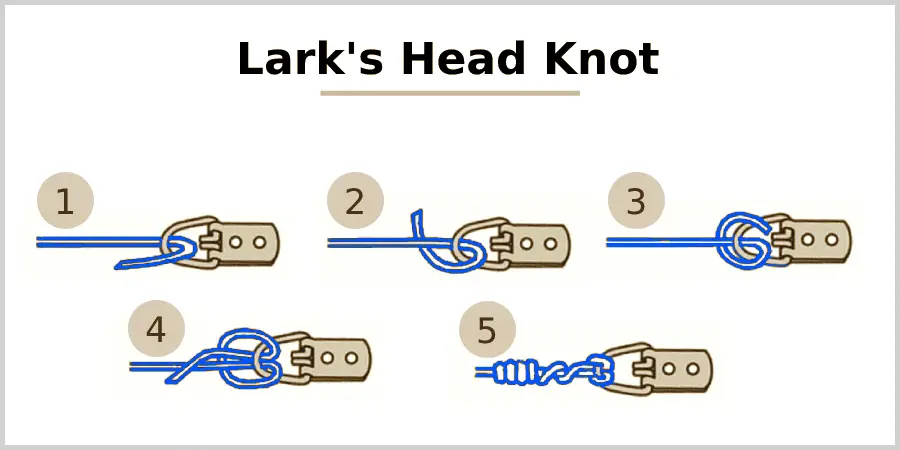
First, tie the wire to the D-ring on one side, then leave 3 to 4 inches of wire and tie it to the other side. If necessary, check that the wire is not visible from the front after hanging the frame.
Do I Need to Leave Any Slack in the Frame Wire?
Yes, it is necessary to leave some slack in the frame wire. The amount of slack you leave will depend on the weight of the frame and the type of wire you are using. If you are using a light frame and thin wire, you can leave 3 to 4 inches of slack. You can leave up to 6 inches of slack using a heavy frame or thick wire.
Conclusion
D-rings are a great way to hang a frame, and they come in various sizes and styles to suit any frame. Be sure to check the maximum load capacity of the D-ring before installing it. Following the steps outlined in this article will result in the best results. If you found this article helpful, please share it with a friend or leave a comment below sharing your experience installing D-rings on frames.
